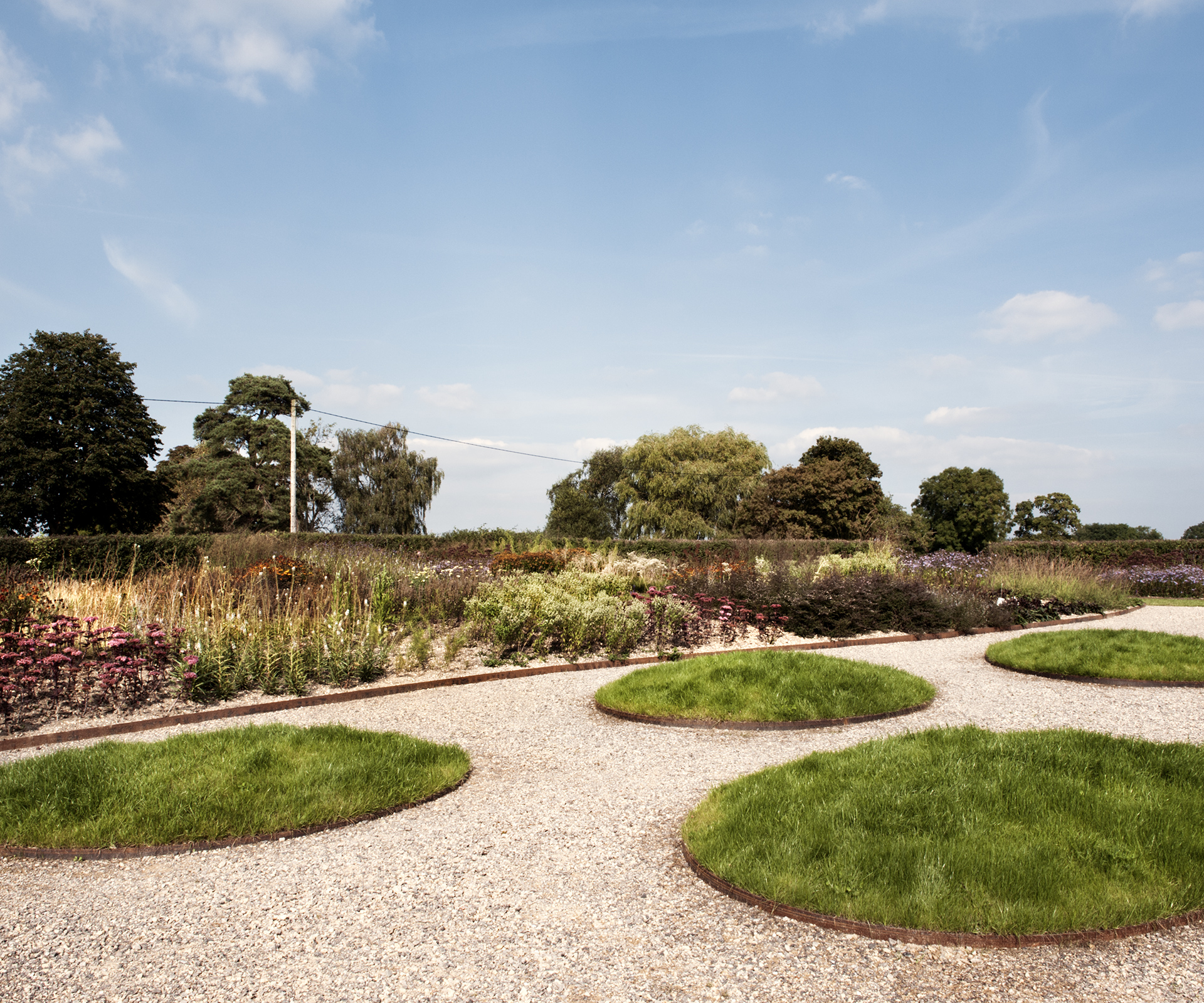One of Europe’s most powerful art couples establishes a must-visit gallery and restaurant in rural Somerset

At its upper levels, the business of art is a high-stakes game played out in the world’s wealthiest cities. And in recent years, few have played this game better than Iwan Wirth and Manuela Hauser, whose eponymous galleries in New York, Zurich, London and Los Angeles represent some of the world’s most important contemporary artists: the Swiss video maestro Pipilotti Rist, the American provocateur Paul McCarthy, the minimalist sculptor Dan Graham, British Turner Prize-winner Martin Creed, and the late French-American sculptor Louise Bourgeois, among many others. Monied global collectors pay stupendous sums for their work.

So it may seem strange that Hauser and Wirth have recently opened a gallery not in a metropolitan hub oozing money and power, but in a cluster of abandoned farm buildings over an hour and a half by train from London. This is no minor enterprise: the existing buildings – a threshing barn, cowsheds and a piggery – all date from the late 1700s and have been restored by architect Luis Laplace and conservation architects Benjamin + Beauchamp and combined with two new buildings by Laplace to form galleries, a restaurant and a small shop around two courtyards. The original farmhouse has been restored to serve as an artists’ residence. A perennial meadow by renowned landscape designer Piet Oudolf had just opened when I visited last September. We ate at the charmingly informal Roth Bar & Grill – named for the late Swiss artist Dieter Roth, who the gallery also represents – which serves produce from the farm and displays works from Hauser and Wirth’s personal collection.

Despite all this amenity, this isn’t a Guggenheim-style cry for attention, but something more layered and subtle. It’s so different to their other galleries that it makes you wonder: Will Hauser and Wirth’s clients be interested in venturing this far from the city? Are Hauser and Wirth suffering some sort of mid-life crisis? Have they got more money than sense? And how did the two glamorous Swiss gallerists find themselves here, of all places?

As it turns out, the couple moved to the area almost a decade ago with no intention of developing a gallery. They were looking for a weekend place outside London and were so charmed by the quaint village of Bruton and the rolling agrarian hills that they moved there permanently and sent their children to local schools. It wasn’t until a few years later that long-defunct Durslade Farm came up for sale. Hauser and Wirth were interested in farming, and knew that purchasing the farm would be a way to save its Grade II-listed buildings. The idea to open a gallery “was a very natural process,” says Hauser & Wirth Somerset’s director, Alice Workman, when we speak by telephone after my visit. “They’re very connected to the community here and they love the landscape.”

If it’s beginning to sound like a nightmare in which a pair of global high-fliers parachute in and patronise the locals by constantly telling them how fabulous the area is, then think again. After purchasing the farm, Hauser and Wirth voluntarily instigated a two-and-a-half year community consultation process, asking locals how they thought a gallery could work there. “One of the main pieces of feedback we had was that people were delighted these buildings were being rescued,” Workman says. “And we’ve employed local people and contractors. If we can find a local source for bottled water or beer or graphic design we do it. It means you bring the whole community with you.”

Since the gallery opened last July, it has welcomed local school groups, run youth events and family activities on weekends, had a summer drama school, and a multitude of talks by artists, gardeners and other creatives. “Lots of things are free, or heavily subsidised,” Workman says, “and everything we’ve done so far has been oversubscribed or sold out.” This private largesse seems incredibly timely when you learn that the local county council recently cut the region’s arts funding by 100 percent.

Durslade Farm may be rural, but it’s not exactly in Hicksville. The area is famous for its farming and food production and its local cheddar. Some of Bruton’s four schools look rather posh. Glastonbury, site of the famous annual music festival, is half an hour away, and Bath and Bristol aren’t far. London is a little distant for a daily commute, but it’s close enough for DFL (Down from London) types to spend weekends here.

In any case, Hauser and Wirth certainly aren’t talking down to the locals, as the art at their Somerset gallery is as rigorously contemporary as any they exhibit in the city. But being there is a completely different experience from an austere metropolitan gallery. Hauser & Wirth Somerset feels relaxed, convivial, casual. “It’s a new kind of place for audiences to engage with contemporary art,” Workman says. “If someone is intimidated by a white-cube gallery, that’s all removed here. Some people come for the food or garden. It’s a place where people can spend time and hang out.” In so many ways, it feels like a promising model for a new artistic age. 
Words by: Jeremy Hansen. Photos by: Emily Andrews




